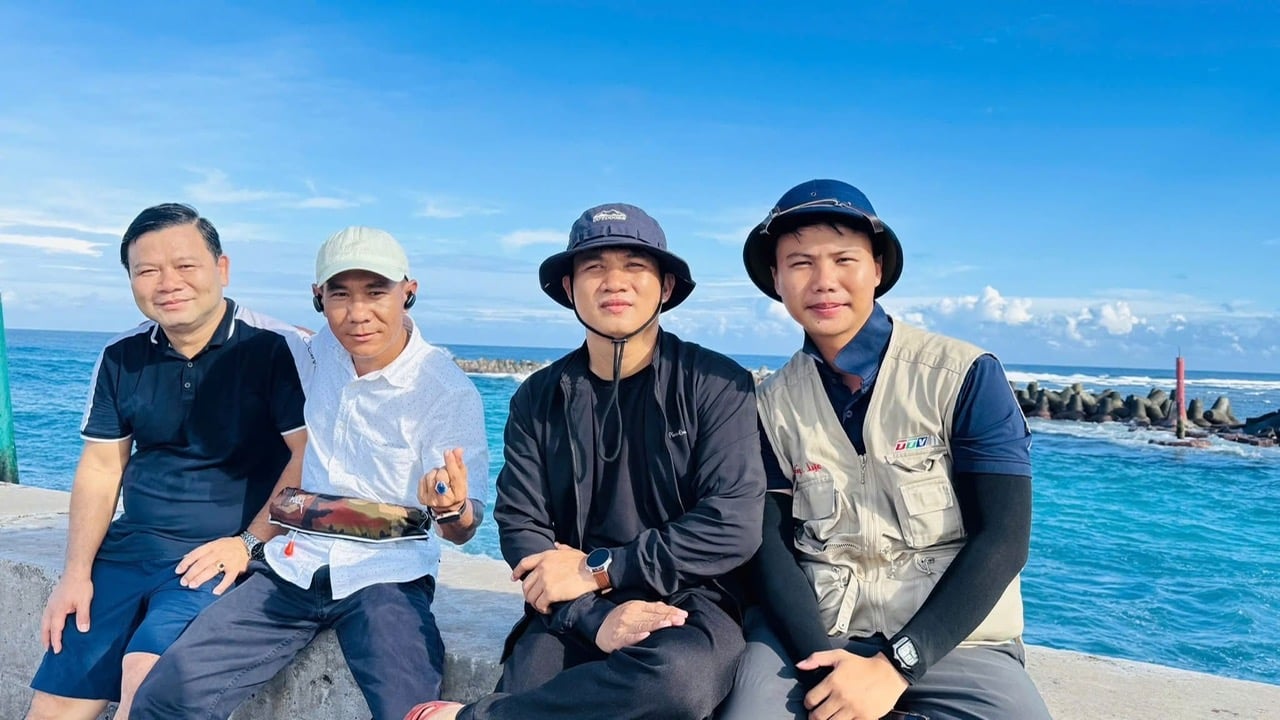
I saw many bright smiles but also witnessed silent tears falling during the farewell. Each moment, like a slow-motion film, replayed over and over again in the mind of a young reporter. Everything became special, not because of anything too great, but simply because… it was Truong Sa.
Overcoming the waves to bring spring to Truong Sa
In the last days of 2024, although I was still on the mainland, my heart was filled with emotions. At the busiest time of the year, everyone was rushing to summarize the past year and prepare for the new year, when I, a young reporter who had just started my career, decided to take the trip of a lifetime, to Truong Sa.
I have often heard that Truong Sa is a sacred place, a place at the forefront of the storm that generations of Vietnamese people have protected with all their faith, blood and courage, a milestone not only of sovereignty but also of emotion. Now, when there are only a few days left until boarding the ship, that "sacred" feeling is no longer just in books or newspapers, but it is very close.
The journey to Truong Sa is unlike any other business trip I have ever been on. The trip is not only a professional mission and personal experience, but most importantly, it is a journey to bring the warmth of the mainland to Truong Sa - where the officers, soldiers and the people are day and night holding on, firmly protecting the sacred land in the middle of the ocean under the sovereignty of the Fatherland of Vietnam.
The ship was loaded with food and provisions that were typical of the traditional Vietnamese New Year. Apricot branches, peach branches, and kumquat trees were carefully carried onto the ship by officers and soldiers. Gift boxes were neatly arranged. From dong leaves, sticky rice, green beans, pork, pickled onions, cakes, candies, fresh flowers, fruit trays... to decorative lights and New Year calendars. Each gift was wrapped with love, nostalgia, and gratitude from the mainland. Everything was so full, as if Truong Sa appeared clearly with the warm Tet of the homeland.
At Cam Ranh port, ship number 571 Truong Sa blew three long whistles to say goodbye to the mainland, starting a journey of nearly 1,000 kilometers to reach Truong Sa archipelago. Going out to sea in the stormy days, I understood the hardships of the wind and waves.
The ship was constantly rocking in the midst of waves nearly 5-6m high, making my body exhausted. For almost the entire first journey, I had to lie flat on the bed because of seasickness, my head was dizzy, my stomach was churning, and my limbs had no strength left. Not only me, many colleagues - reporters from press agencies across the country - also fell into the same situation. Seasick, tired, some were so exhausted that they could not get out of bed. But strangely, no one complained or gave up. We all had a common belief, a unified will, which was to head towards beloved Truong Sa.
After 2 nights of cutting through the blue waves, crossing hundreds of nautical miles, we finally reached the first island of the journey – Song Tu Tay Island, nearly 400 nautical miles from Cam Ranh Peninsula. From afar, the island looks like a miniature forest, growing in the middle of the ocean. The green of the trees blends with the blue of the sea to create a peaceful blue.
Steadfast at the forefront
To reach the island, you cannot just want to. Some islands have special terrain, small and narrow harbors or are surrounded by coral reefs, so large ships cannot dock. Even though we were very close, only a few hundred meters away, we were still forced to transfer to a small boat to approach the island. The waves were strong, the small boat was precarious in the rough sea, each rise and fall seemed to test the will of the traveler. After many days of drifting, the time had finally come for me to set foot on the island for the first time.
The moment I touched that sacred land in the middle of the ocean, the feeling that welled up inside me was hard to describe. It was not only a sense of relief after a rough journey, but also a choking emotion as if I had just touched my Fatherland.
The people on the remote island, though they had never known me, not even had time to ask each other’s names, still welcomed me as if they were blood relatives. The firm handshakes, the bright smiles in the blazing sun or the stinging rain, the warm greetings as if we had met long ago… All of them made me feel not like a guest, but like a returning relative. That feeling was genuine, warm and unpretentious. That is what makes Truong Sa so special, not only because it is the outpost of the Fatherland, but also because there are people who protect the island with all their hearts.
Coming to Truong Sa archipelago, I could not help but be amazed by the changes of an island area that was once known for its countless hardships. Modern constructions and smart energy systems have been and are proudly present at the forefront of the wind and waves. Amidst the sun and wind of the open sea, towering wind turbines stretch out to catch every gust of sea breeze, accumulating precious energy.
In particular, in recent years, many communes in Truong Sa island district have invested in building modern ship locks. The ship locks with a capacity of 80 to 100 large-capacity fishing boats are not only a safe anchorage for fishermen from Quang Nam, Quang Ngai, Binh Dinh, Phu Yen , Khanh Hoa... but also a solid resting place in the middle of the ocean.
In Truong Sa, natural conditions are always a big challenge. The weather and climate are harsh all year round, especially during the rainy and stormy season, when waves and winds can cover the entire island, sweeping away newly rooted young trees. Planting trees, which seems simple, is a constant battle between humans and nature.
Amidst the storms, the color green is present throughout my journey from large islands such as Song Tu Tay, Sinh Ton, Sinh Ton Dong to even smaller islands such as Da Thi, Co Lin, Len Dao. Arriving at those places, everyone will be surprised to see lush green vegetable gardens - where every plastic pot, corrugated iron sheet, and piece of net is used to create "mobile gardens".
The first time I set foot on Truong Sa, I thought I was simply here to work, to record images and stories and send them back to the mainland. But then, when I actually became a part of this voyage – when I witnessed each wave hitting the shore, each look in the eyes of the island soldiers, each sprout of a tree sprouting among the barren coral soil – I realized that I was not just working, but living fully in a rare and sacred experience. In the midst of that journey, I learned many things that no school or curriculum could teach.
There are moments when the camera lens can capture the image, but cannot preserve the emotion. The video can record the sound of waves, wind, laughter… but cannot convey the feeling when the sea breeze hits the face, when the heart stops in front of the bright eyes of the island soldier, or when standing still in front of the sacred sovereignty marker in the middle of the ocean. Those emotions are so real, so deep that only those who have this opportunity can fully feel them.
Experiencing each moment together, our delegation realized that not only the officers, soldiers and people on the island were warmed by the breath of spring from the mainland, but also we, who had traveled hundreds of nautical miles, were strongly moved by the vitality, faith, resilience and love for our homeland and compatriots of the Vietnamese people at the forefront of the wind and waves.
At the end of the 16-day voyage, I brought back not only film footage and notebooks filled with information, but also a heart tempered by the waves, by the warmth of my fellow countrymen, by simple yet deeply moving stories. I learned to listen more, to engage more deeply, and to do journalism with all my heart, not just my profession. Truong Sa not only helped me grow up, but also reminded me of who I am – a storyteller in real life, with the mission of contributing to preserving the faith and love for my homeland in the hearts of readers and viewers.
The Giang
Source: https://baotayninh.vn/truong-sa-ky-cham-vao-to-quoc-de-thay-minh-ro-hon-a191095.html












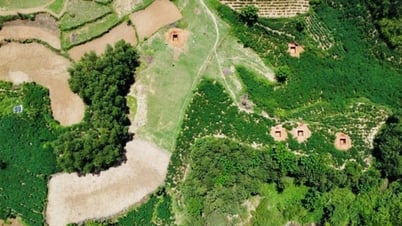
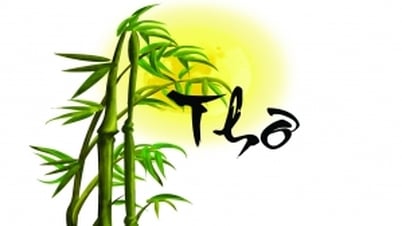

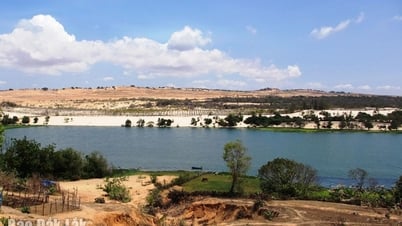
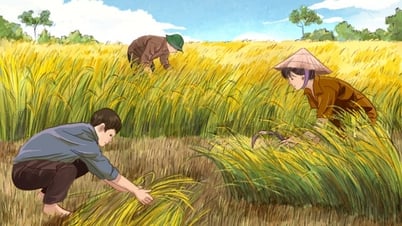




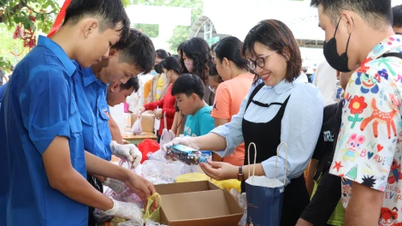

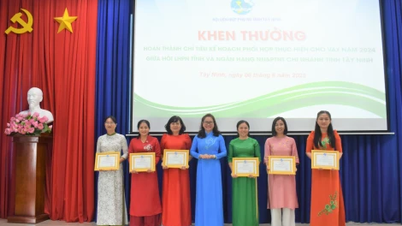

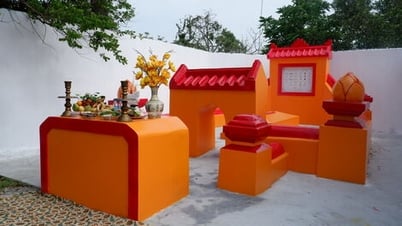
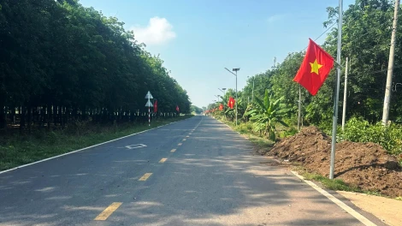


































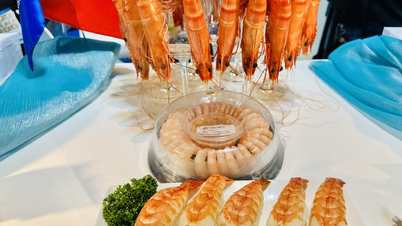










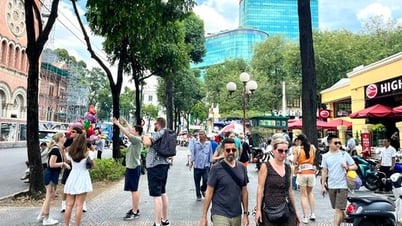





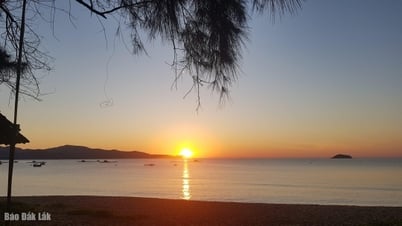
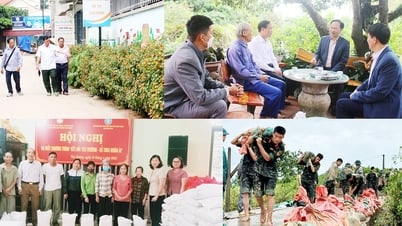








![[OCOP REVIEW] Tu Duyen Syrup - The essence of herbs from the mountains and forests of Nhu Thanh](https://vphoto.vietnam.vn/thumb/402x226/vietnam/resource/IMAGE/2025/6/5/58ca32fce4ec44039e444fbfae7e75ec)



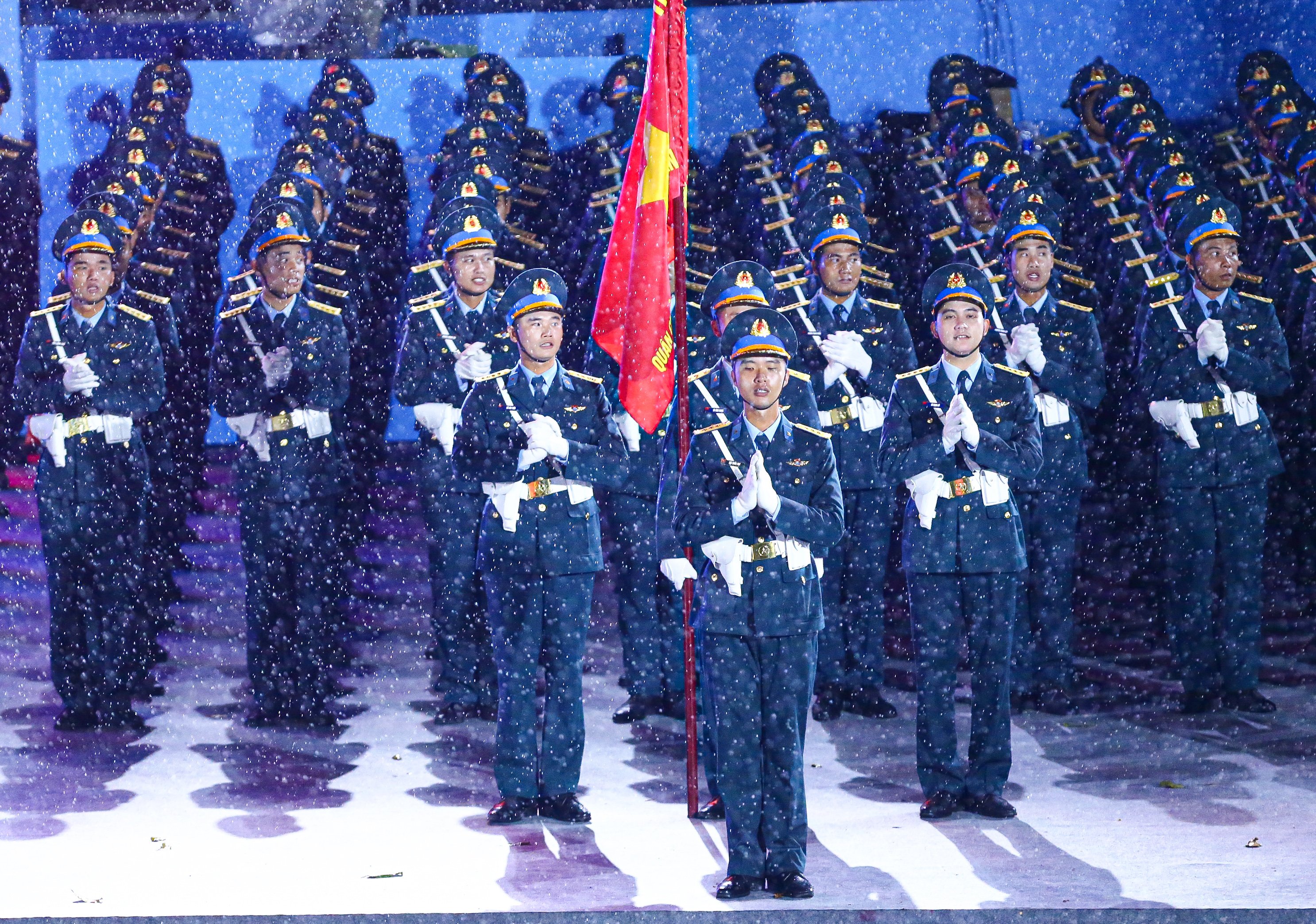
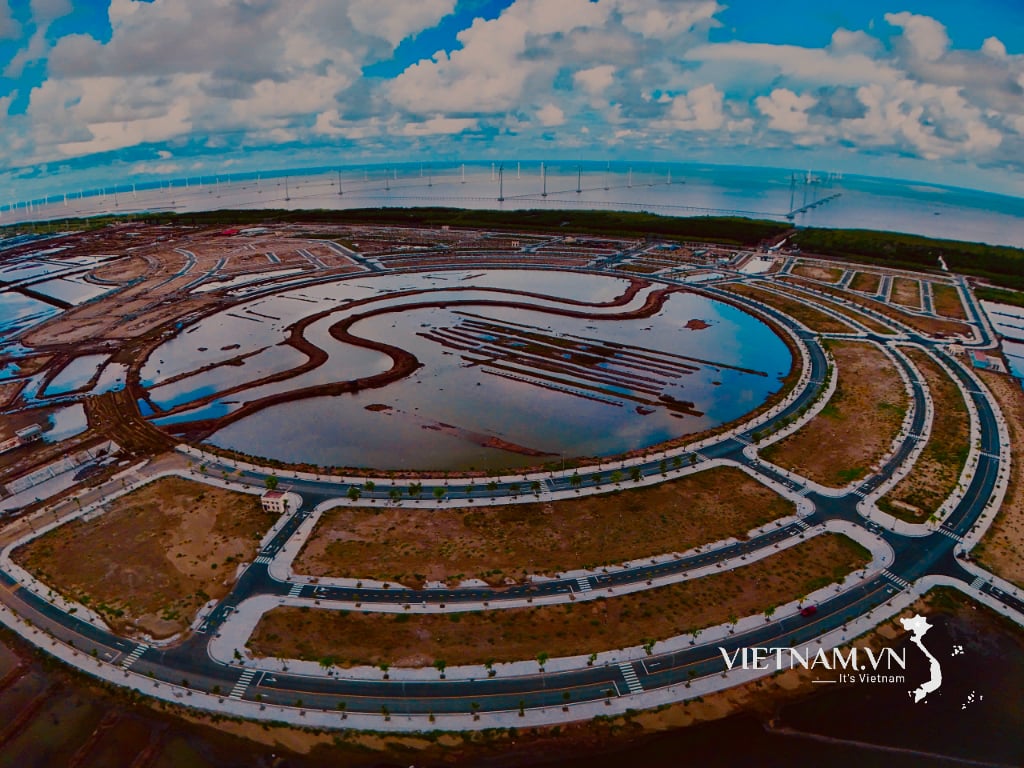
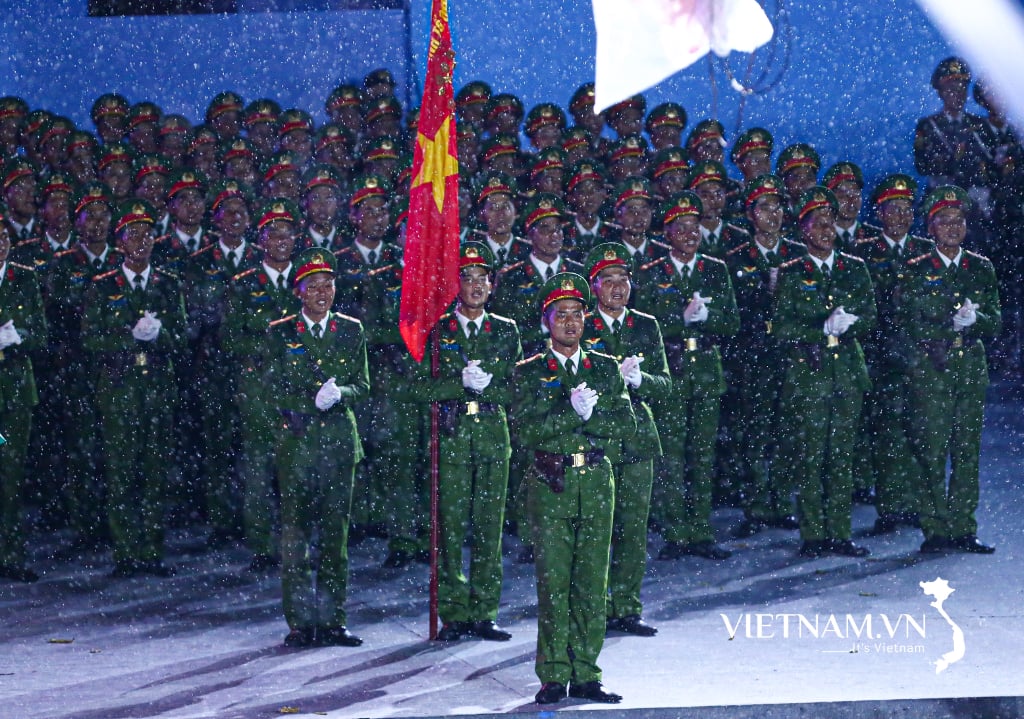

Comment (0)